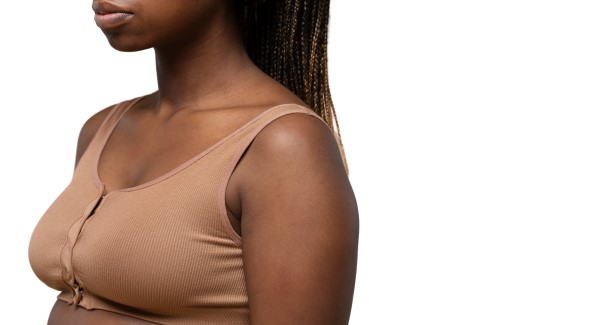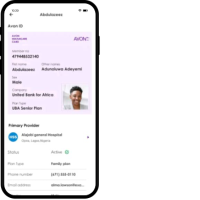
Breast cancer can be a tricky topic fraught with many misconceptions. Here are some breast cancer myths and facts you should know.
MYTH 1: If I don’t have a family history of breast cancer, I won’t get it.
FACT: Most people diagnosed with breast cancer have no known family history.
Many people think of breast cancer as an inherited disease but only about 5–10% of breast cancers are believed to be hereditary. This means they’re caused by abnormal changes (or mutations) in certain genes passed from parent to child.
Most people who get breast cancer have no family history. This suggests that other factors must be at work, such as environment and lifestyle.
Still, if you have a strong family history of breast cancer on either your mother’s or your father’s side, this is an important risk factor that should be taken seriously. If there are cases of breast cancer in close blood relatives, share this information with your doctor.
MYTH 2: If you maintain a healthy weight, exercise regularly, eat healthily, and limit alcohol, you don’t have to worry about breast cancer.
FACT: Although these behaviours can help lower breast cancer risk significantly, they can’t eliminate it.
Yes, there is evidence that all of these behaviours can help lower your risk. However, they can’t guarantee you’ll never get the disease. There are so many examples of people who do everything right and still get breast cancer.
It’s certainly worth managing the risk factors you can control, such as diet and exercise However it’s still important to get regular screenings and perform breast self-exams.
MYTH 3: Wearing a bra can cause breast cancer.
FACT: There is no evidence that bras cause breast cancer.
From time to time, media coverage and the internet have fuelled myths that wearing a bra can increase breast cancer risk. This is wrong. The theory was that wearing a bra — especially an underwire style — could restrict the flow of lymph fluid out of the breast, causing toxic substances to build up in the tissue.
However, there is no scientific evidence to support this claim.
MYTH 4: Annual mammograms guarantee that breast cancer will be found early.
FACT: Although mammography is the best early-detection tool we have, it doesn’t always find breast cancer at an early stage.
Although mammography is a very good screening tool, it isn’t foolproof. It can return a false-negative result, meaning that the images look normal even though cancer is present. It’s estimated that mammograms miss about 20% of breast cancers at the time of screening.
False-negative results tend to be more common in women who have dense breast tissue, which is made up of more glandular and connective tissue than fatty tissue. Younger women are more likely to have dense breasts.
Mammography does catch most breast cancers, though, and that’s why regular screenings are essential. It’s important to pay attention to any changes in your breasts, perform monthly breast self-exams & have a physical examination of your breasts by a health professional annually.
MYTH 5: Breast cancer always causes a lump you can feel.
FACT: Breast cancer might not cause a lump, especially when it first develops.
People sometimes think that breast cancer always causes a lump that can be felt and might skip mammograms.
However, breast cancer doesn’t always cause a lump. By the time it does, cancer might have already moved beyond the breast into the lymph nodes. Although performing breast self-exams is good, it isn’t a substitute for regular screenings.
MYTH 6: Early-stage breast cancer rarely recurs.
FACT: Even with early-stage breast cancer, there is always some risk that the cancer will return.
Many people believe that early-stage breast cancer has almost no chance of recurring. Wrong.
Although most people with early-stage breast cancer won’t have a recurrence, the risk never goes away completely.
MYTH 7: Breast cancer only happens to middle-aged and older women.
FACT: Younger women can and do get breast cancer, as do men. Abisayo Fakiyesi, a survivor we had as a guest on our radio show, noticed her first breast cancer in her 20s.
In 2017, about 4% of invasive breast cancers were diagnosed in women under age 40. About 23% were diagnosed in women in their 50s and 27% in women ages 60 to 69.
While 4% might sound small, it isn’t zero: This percentage means that one in every 25 invasive breast cancer cases occurred in women under 40.
Women of all ages need to pay attention to their breasts, perform self-exams, and report any unusual changes to their doctors — and insist that breast cancer be ruled out if there’s a concerning symptom.
Also Read: Beyond the boobs: 5 Steps to a Better Breast Self-exam
References
National Breast Cancer Foundation: https://www.nationalbreastcancer.org/breast-cancer-myths/



